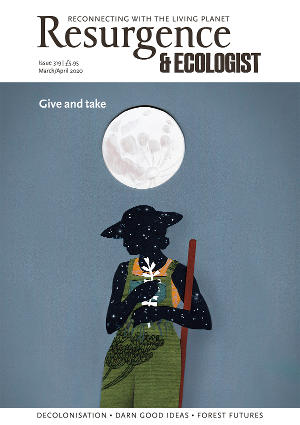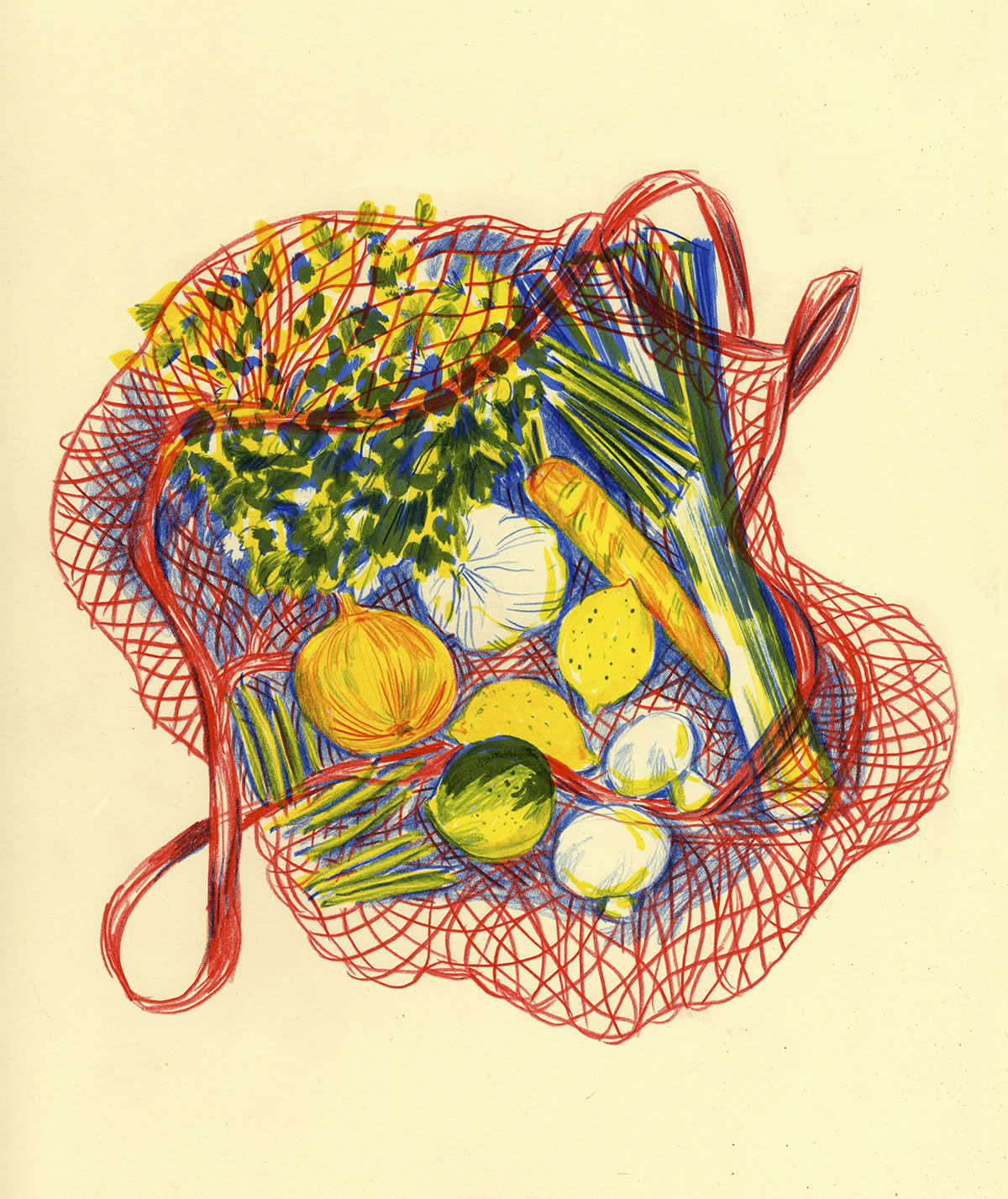“But,” said my local vicar as she slowed at the traffic lights, “how feasible is it to get a couple of generations to change habits, reassess lifestyles and values, let alone modify aspirations and expectations?” I glanced at a poster in a travel agent’s window offering a week in Corfu for £169. I’d just paid £92 per day for a mini-break in Cornwall, part of which was shrouded in sea fret. I could see her point: how much closer to home will people accept shunning or at least reducing overseas travel and other consumer habits in order to minimise their carbon footprint? Going local necessitates a shift in thinking that permeates everything.
Doing an about-turn on globalisation, whether it’s on economics or working towards a way of living that’s kinder to the Earth, is no mean feat. However, these complex issues are addressed competently and realistically in Helena Norberg-Hodge’s new book, Local Is Our Future. She sums up what could be of great concern to many: “Localisation isn’t about returning to the past. Instead, it asks us to recognise what older cultures often did well: they relied on local resources and local knowledge to meet people’s material needs, and as a result, did so with a minimum of environmental impact.” She goes on to explain how closer community ties also mean there’s more chance of fulfilling mental health needs such as a feeling of connection and security.
We all know things need to change, but on an individual level that can sometimes feel really daunting. However, what if, in part, it turns out to be like the tale of the hundredth monkey, where a trend spreads rapidly because different communities take on new behaviours? When I was growing up in the 1960s, ‘hand-me-downs’ was the code for making do. It meant a family couldn’t afford to buy new. Fast-forward and reframe: ‘pre-loved’ is the trending name for second-hand; whether it’s via eBay or a charity shop, we can easily recycle and upcycle and halt the growth of our throwaway society. ‘Pre-loved’ is the new code for making do, and it is happening on a high street near you. Everything is cumulative, and one good decision leads to another.
Norberg-Hodge’s great achievement is to encourage all of us to think and activate Plan B to strengthen the health and wellbeing of planet Earth. Plan B is to act and think locally. To cite just one example, we need to consider carefully where our food comes from. Norberg-Hodge recalls a story of garlic: when she lived in Spain, she found that garlic transported all the way from China was half the price of garlic that was grown locally. How could that be so? Subsidies: corporations and agribusiness not paying the true environmental and social costs of their products. As a pioneer of the localisation movement, Norberg-Hodge points out eloquently that the future, or certainly a happy one, does not lie in acquiring more stuff, being famous or relying on technology. It lies in the wellbeing of our localities, globally, and recognising that locally grown garlic or anything else is healthier for us and the planet.
I recommend that you read this book, talk about it with family and friends – and perhaps your local vicar – and, as Norberg-Hodge says, “experience more consciously the great interdependent web of life, of which we ourselves are part”.
Helena Norberg-Hodge will be speaking at the Resurgence Summer Camp, 10-12 July 2020. www.resurgence.org/summercamp








